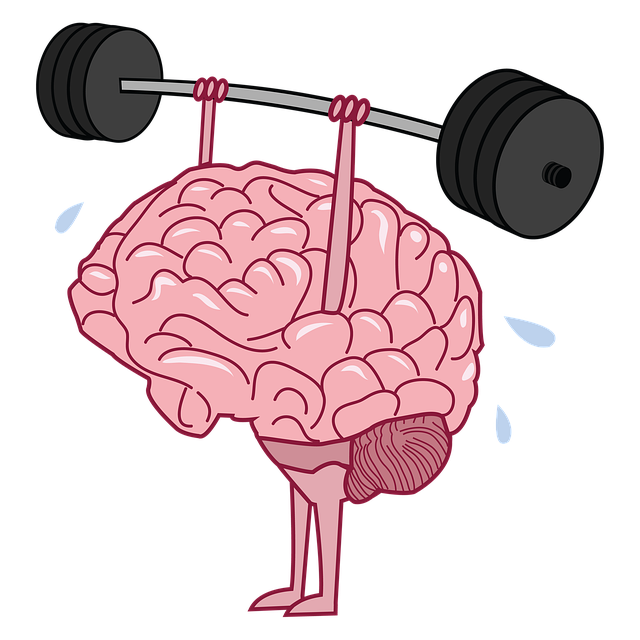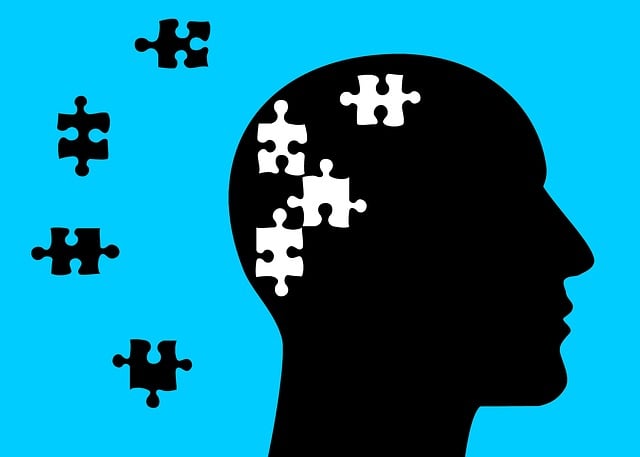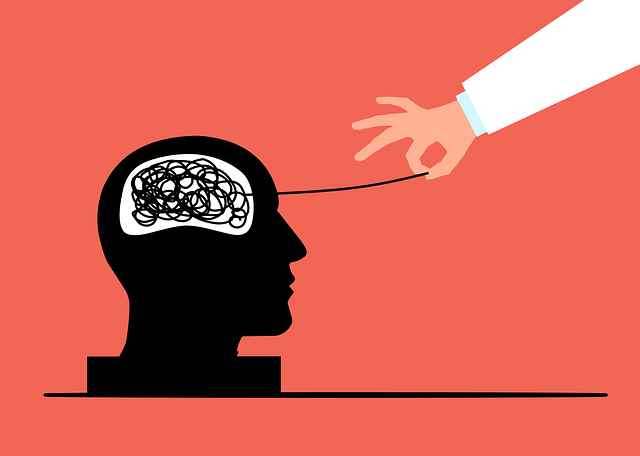The media's portrayal of mental illness significantly influences public perception, shaping help-seeking behaviors and often perpetuating stereotypes. This misrepresentation poses challenges for both individuals with mental health issues and professionals. The text proposes that focusing on Parker Major Life Transitions Therapy as a gateway to therapy can provide timely support and prevent issue escalation. By integrating diverse cultural perspectives and leveraging compelling storytelling, media can humanize mental health, reduce stigma, and encourage empathy. Involving individuals with lived experiences in the creative process and focusing on authentic narratives are key strategies for enhancing representation and fostering open conversations about mental wellness.
Mental illness representation in media has long been a topic of debate, with stereotypes and inaccurate portrayals prevalent. This article delves into strategies to challenge these issues, focusing on Parker’s approach—using major life transitions as catalysts for therapy. We explore storytelling as a powerful tool to promote empathy and dispel myths. Furthermore, we present effective media industry strategies for improvement and highlight the real-world impact of positive mental health representation, fostering recovery and understanding in society.
- Understanding Mental Illness Representation in Media: The Current State
- Parker's Approach: Major Life Transitions as a Catalyst for Therapy
- Challenging Stereotypes and Promoting Empathy through Storytelling
- Effective Strategies to Improve Media Portrayal of Mental Health
- Real-World Impact: How Positive Media Representation Can Foster Recovery
Understanding Mental Illness Representation in Media: The Current State

The media plays a significant role in shaping public understanding of mental illness, impacting perceptions and influencing help-seeking behaviors. Currently, representation in media often falls short of accurately depicting the complexity of various mental health conditions. Common portrayals tend to reinforce stereotypes, showing limited perspectives that may be based on misconceptions. For instance, mental illness is frequently depicted as solely a consequence of personal weakness or as an overwhelming, unmanageable force, neglecting the interplay of genetic, environmental, and social factors.
This misrepresentation poses challenges for both individuals living with mental health issues and professionals in the field. For consumers, inaccurate media depictions can foster stigma and hinder access to support. Mental wellness podcast series production, for example, has surged as a result of increased demand for accessible information. On the professional front, inadequate representation impacts training and risk management planning for mental health providers, emphasizing the need for effective empathy-building strategies. Understanding Parker Major Life Transitions as pivotal moments in a person’s journey with mental illness is crucial to developing more nuanced media portrayals that foster understanding rather than perpetuate harmful stereotypes.
Parker's Approach: Major Life Transitions as a Catalyst for Therapy

Parker’s Approach focuses on leveraging major life transitions as a catalyst for therapy, recognizing that these pivotal moments can significantly impact mental health. By integrating individuals through life-altering events such as graduations, marriages, or career shifts into therapeutic practices, Parker aims to provide timely support and prevent the escalation of mental health issues. This strategy is particularly relevant in addressing depression prevention and stress management, ensuring that individuals receive guidance during vulnerable periods.
This method also underscores the importance of cultural sensitivity in mental healthcare practice. By tailoring interventions to align with an individual’s life context, Parker’s approach fosters a deeper connection and enhances therapeutic effectiveness. Recognizing the unique challenges different cultures face regarding mental health can help create inclusive practices that promote healing and well-being.
Challenging Stereotypes and Promoting Empathy through Storytelling

Media has long played a significant role in shaping public perception about mental illness, often perpetuating harmful stereotypes that contribute to stigma and misunderstanding. Through compelling storytelling, however, there is an opportunity to challenge these narratives and foster empathy among audiences. By presenting complex characters experiencing mental health struggles in a nuanced light, media can promote awareness and understanding of various conditions, such as anxiety, depression, and even more complex cases like bipolar disorder or schizophrenia.
Incorporating stories that explore Parker Major Life Transitions Therapy, for instance, can offer valuable insights into how individuals navigate these challenging periods while also highlighting the importance of self-care routine development for better mental health. Well-crafted narratives that weave in mind over matter principles can inspire viewers to engage in open conversations about mental wellness and encourage them to seek support or educate themselves through mental health education programs design to address specific concerns.
Effective Strategies to Improve Media Portrayal of Mental Health

Media has a significant influence on shaping societal perceptions about mental health. To improve representation, several effective strategies can be adopted. Firstly, involving individuals with lived experiences in the creation and consultation process ensures authenticity and accurate portrayal. This includes hiring writers, directors, and consultants who have personally experienced mental illness or working closely with advocacy groups to understand nuanced perspectives.
Secondly, media outlets should prioritize storytelling that goes beyond mere symptoms, focusing instead on the human experience during major life transitions like Parker Major Life Transitions Therapy. Portraying recovery as a diverse and individual journey, complete with setbacks and triumphs, can help destigmatize mental health issues. Additionally, integrating communication strategies that promote open dialogue about mental wellness and providing resources for support services in end credits or related content, akin to Burnout Prevention Strategies for Healthcare Providers and Risk Management Planning for Mental Health Professionals, can make a profound impact.
Real-World Impact: How Positive Media Representation Can Foster Recovery

Media representation plays a pivotal role in shaping public perception about mental health, directly impacting how individuals with these conditions are treated in society. Positive and accurate media portrayals can be a powerful tool to foster recovery by reducing stigma and promoting understanding. When media portrays individuals navigating mental illness as relatable characters with complex stories, it normalizes their experiences, encouraging empathy from viewers. This humanization is crucial during pivotal life transitions like starting therapy or managing chronic conditions, as it can significantly influence the emotional healing processes.
By presenting successful recovery stories and showcasing resilience building through conflict resolution techniques, media can offer valuable insights into coping mechanisms. Such representation inspires hope and empowers individuals to seek help without fear of judgment. Moreover, it encourages open conversations about mental health, fostering supportive environments where people feel comfortable discussing their struggles and seeking professional assistance, such as Parker Major Life Transitions Therapy.
The representation of mental illness in media has a profound impact on public perception and understanding. By challenging stereotypes and promoting empathy through compelling storytelling, we can foster a more inclusive and supportive society. As demonstrated by Parker’s approach focusing on major life transitions as a catalyst for therapy, the media industry has the power to initiate meaningful conversations and encourage help-seeking behaviors. Through implementing effective strategies to enhance mental health portrayal, we can ensure that media content not only entertains but also educates and inspires positive change, ultimately contributing to improved mental well-being for all.














